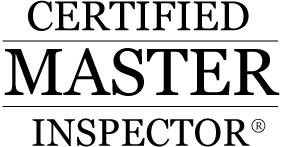Tennessee Building Inspections
Our company services all of Tennessee and is a recognized leader in property inspections, diagnostic, and consulting in our state with projects across residential, commercial, infrastructural, industrial, institutional, and other segments.
Have an Inquiry?
Send us your message, and we'll have a representative reach out to you.
Commercial
Our experience and superior technical and communication skills allow us to quickly and professionally deliver the high-level information and data required by our clients.
Residential
As a full-service real estate inspection and consulting firm specializing in the inspection of residential, we service all of TN and are a recognized leader in property inspections.
Stucco
Thermal
Infrared thermal imaging can provide a visual representation of the surface temperatures of any part of a building, including windows, walls, doors, and more.
Aerial
We've upgraded to top-quality aerial inspection expertise. Our newest technology is an Inspire commercial quality drone. We offer roof surveys, site planning documents, and more.
Radon
We offer to test using state-of-the-art Sun Nuclear continuous monitors. Our monitors are calibrated yearly by an independent lab to ensure accuracy.
Mold
Contact
It's time to get a repair estimate or schedule your inspection today! Have a question about one of our services? Give us a call to chat about how we can serve you.

We are certified master inspectors.
The Master Inspection Group at Tennessee Building Inspections is a full-service real estate inspection and consulting firm specializing in the inspection of residential, commercial, and industrial properties since 1989. The company services all of Tennessee and is a recognized leader in property inspections in our state. Our company was built “brick by brick” on a foundation of expert training, technology, and higher levels of service to our clients. Our inspectors and staff are trained by nationally recognized instructors that require the highest standards. We know the clients we serve don’t want to put their trust and confidence to chance when making important property investments. To get started on your next inspection, contact us today.

